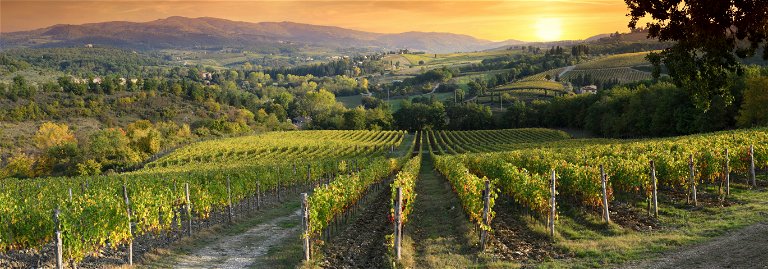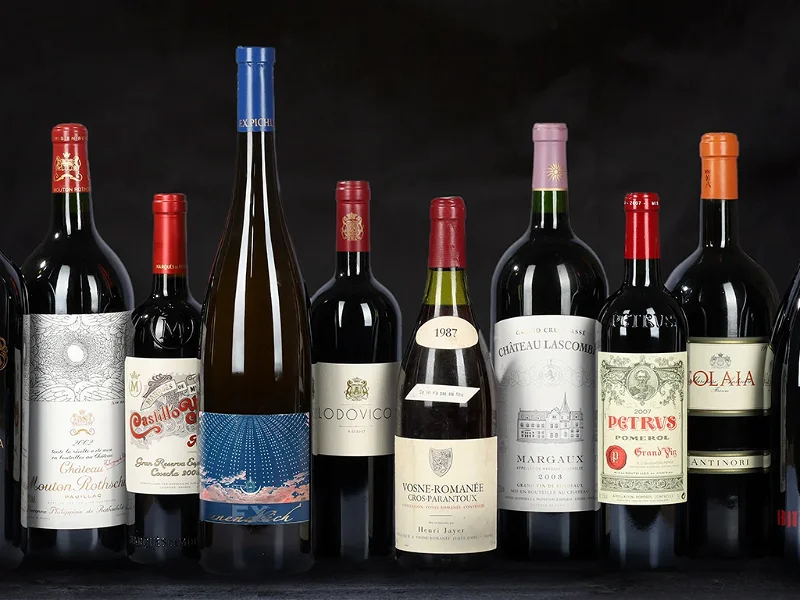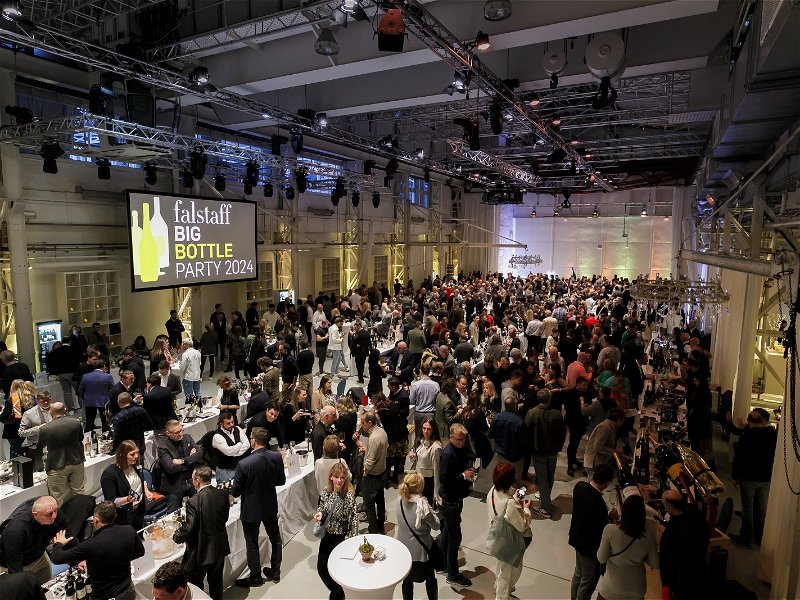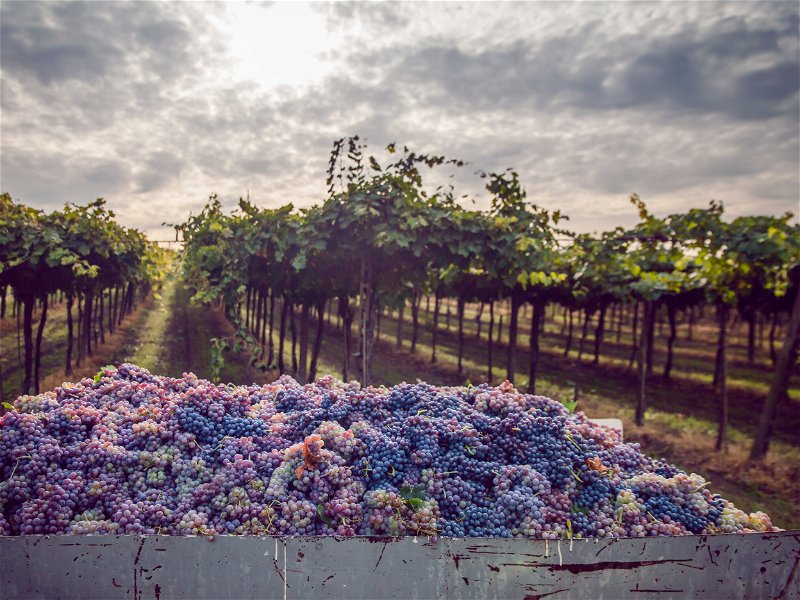Spain overtaken: Italy now the second strongest wine nation in the world
European wine producers continue to dominate the global wine industry. According to the latest ranking by France Agrimer, Italy has overtaken Spain to take second place behind France.
Despite increasing competition from the so-called New World, European countries continue to hold their own at the top of the world's strongest wine nations. According to the latest data from 2022 from France Agrimer, analysed by AgrexConsulting, France, Italy and Spain were able to maintain their top positions, with Italy moving up to second place. Despite global challenges such as inflation and the effects of the Russia-Ukraine war, these European countries are showing remarkable resilience and market strength.
The three most competitive markets remain unchanged, although there has been a slight shift. France leads with 613 points, followed by Italy with 606 points and Spain with 583 points. The well-known European trio dominates the top positions and leaves the competition well behind. The USA (529 points), Australia (516 points) and Germany (only 484 points) follow at some distance. Chile (476 points), South Africa (465 points) and New Zealand (451 points) are even further behind.
Italy catches up
The report, Competitiveness Factors in the Global Wine Market, examines a total of 13 markets on the basis of six performance indicators: production potential, pedoclimatic and energy factors, the ability of companies to conquer markets, market portfolio and trade balance, investments and macroeconomic context.

Italy, the third largest wine-growing region in the world with 680,000 hectares, has regained the second place it lost a year ago. This was achieved both through an increase in volume due to the rich 2022 harvest (50 million hectolitres) and a very positive development in sparkling wines. Although the country itself is in good condition, the availability of water is still a concern: "Only 30% of the vineyards have irrigation systems," the report states.
Weak domestic wine consumption
Spain, on the other hand, with 905,000 hectares the largest wine-growing region in the world, currently "only" produces the third largest quantity of wine. However, according to the report, the country could position itself more strongly if it made better use of its water resources, as only around 35% of wine-growing areas are equipped with irrigation systems. Drought is Spain's real problem. Commercially, the reputation of Spanish wines is "less strong than that of Italian wines, although the prices are very competitive". The moderate production costs and modest yields per hectare offer a competitive advantage, but the rising production costs had a negative impact on sales. In terms of volume, Spain was the second-largest exporter in 2022 with weak domestic wine consumption (29% of total production).
High product value, brand awareness and visibility guarantee success here.
France remains the world's most competitive nation in the wine sector. With an average volume of 40-45 million hectolitres and around 790,000 hectares of vineyards, the country is by far the leader. The 2022 season was affected by frost, which reduced yields, and production costs also increased due to the amount of work and disease control. Despite these challenges, France is recovering surprisingly well thanks to its exceptional ability to conquer markets: high product value, brand awareness and visibility are guarantees of success here.
Challenges for other countries
Behind the top trio, five producers are holding their positions: the USA, Australia, Germany, Chile and Portugal. However, these countries do not make any progress, but merely swap places from the previous year. US companies, especially in California, are competitive on the domestic market, but less so on the international market.
Australia is suffering from China's high tariffs on wine, which will not be abolished until later this year. Germany has competitive export prices, although its production costs are among the highest of the countries analysed. Chile benefits from good vintages and numerous free trade agreements, while Portugal is primarily known abroad for its fortified wines. Brazil and China bring up the rear in the ranking.
Don't miss out!
Sign up now for our newsletter.












